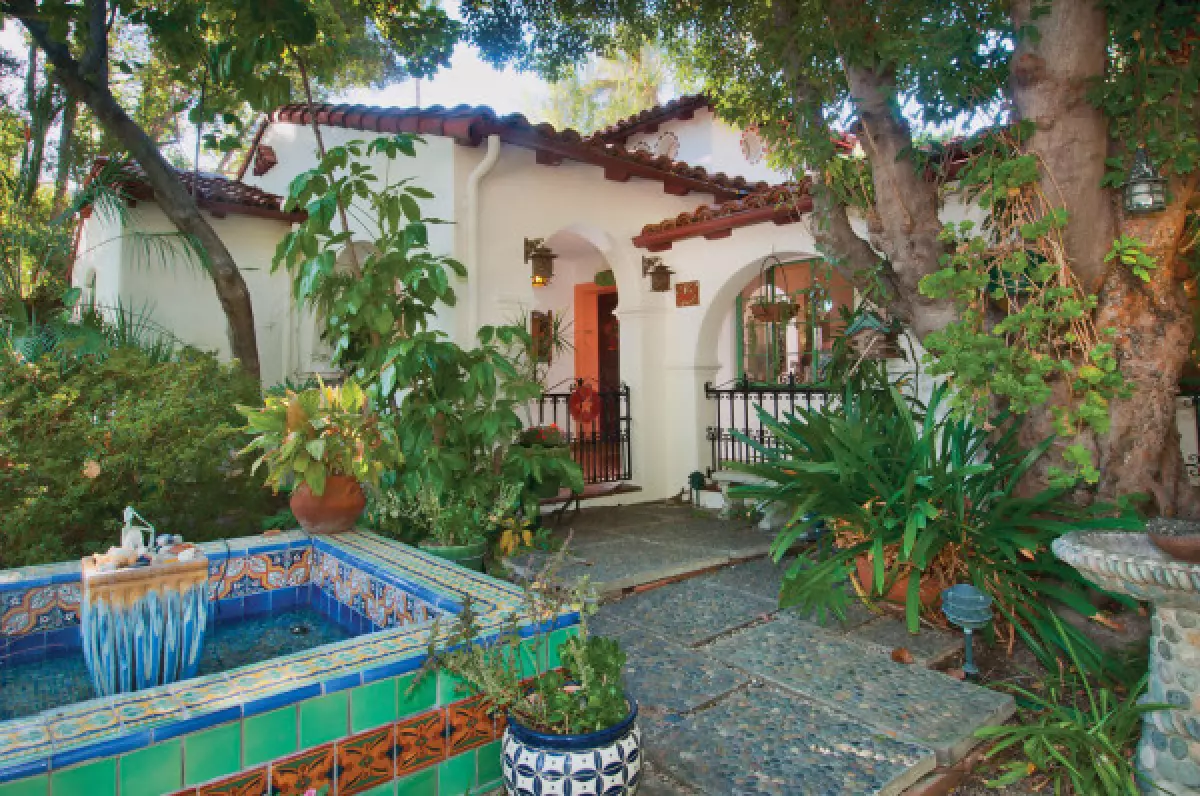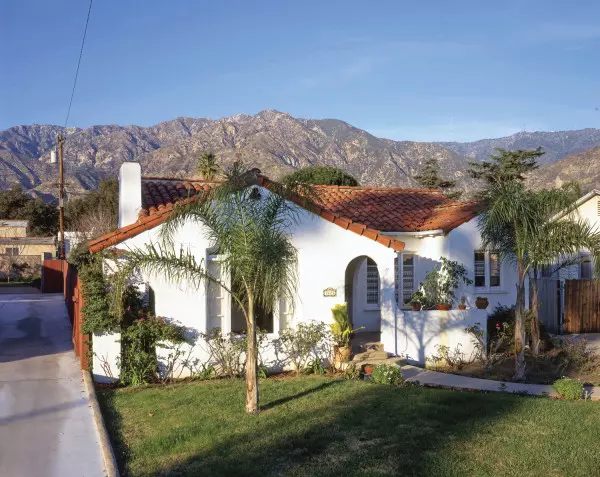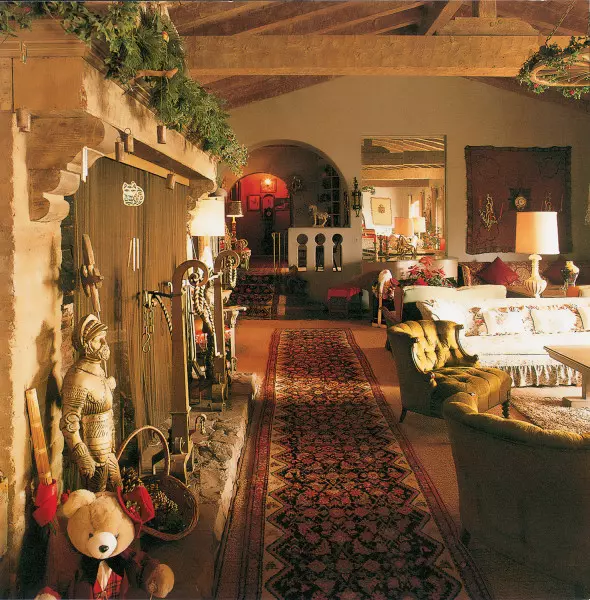Of all the architectural styles that flourished in the early 20th century, none have endured quite like the Spanish Colonial Revival. With its distinctive features found in Florida, California, and the Southwest, this style continues to captivate and inspire. Let's take a closer look at the allure of Spanish Colonial Revival architecture and its enduring legacy.
A Fusion of Influences
The Spanish Colonial Revival style owes its origins to the preservation of Franciscan mission churches in California, the quest for a new architectural identity in the American West, and the romanticism of Hollywood. It was also influenced by a housing boom and the desire to create a unique architectural style that reflected the rich history of Spanish architecture.
 Spanish Colonial Revival illustration. (Image: Rob Leanna)
Spanish Colonial Revival illustration. (Image: Rob Leanna)
A Historical and Authentic Style
Unlike other Mediterranean styles of the time, the Spanish Colonial Revival embraced a more historical approach, drawing inspiration directly from the ranchos and buildings of the Colonial period in the American West. The motifs and design elements used in this style can be traced back to the rich and diverse history of Spanish architecture.
 This 1934 Spanish ranch showcases heavy corbels supporting the mantelshelf. (Image: Courtesy Chronicle Books)
This 1934 Spanish ranch showcases heavy corbels supporting the mantelshelf. (Image: Courtesy Chronicle Books)
A Varied and Vibrant Revival
The Spanish Colonial Revival style is characterized by its adaptability and diversity. It encompasses sub-styles such as Mission, Pueblo, Monterey, and even Moorish influences. Whether it's a one-story bungalow, a single-family home, or a housing complex, this style offers a range of options for architectural expression.
 The original Malibu-tile fireplace and stenciled coffered ceiling in a 1926 Spanish bungalow. (Image: William Wright)
The original Malibu-tile fireplace and stenciled coffered ceiling in a 1926 Spanish bungalow. (Image: William Wright)
Interior Splendor
The interior of a Spanish Colonial Revival home is just as enchanting as its exterior. Arched openings, rough plaster walls, and wall niches create a graceful flow between rooms. The use of neutral plaster and wooden ceilings adds to the monastic and serene ambiance. Decorative metalwork, tiled patios, and imported furnishings from Spain contribute to the eclectic charm of these interiors.
 Decorative metalwork in a 1920s house by California architect Richard Requa. (Image: Gary Payne)
Decorative metalwork in a 1920s house by California architect Richard Requa. (Image: Gary Payne)
Other Revival Styles: Mission and Pueblo
The Spanish Colonial Revival style also gave rise to the Mission Revival and Pueblo Revival styles. Mission Revival, popular from 1882 to 1915, drew inspiration from early Spanish-American adobe church buildings in California. It featured red-tile roofs, smooth stucco, and Spanish Baroque ornamentation. On the other hand, the Pueblo Revival style, prominent from 1910 to 1940, fused Native American and Spanish Colonial architecture, characterized by adobe construction and flat roofs with projecting vigas.
 Mission Revival illustration. (Image: Rob Leanna)
Mission Revival illustration. (Image: Rob Leanna)
The Hallmarks of Spanish Colonial Revival
- Blocky Asymmetry: The use of adobe bricks creates a naive construction aesthetic, with massing broken by arcades and balconies.
- Courtyards: A defining feature of this style, courtyards create a seamless connection between indoor and outdoor spaces.
- Red-Tile Roof: The quintessential characteristic, red clay tiles adorn the roofs of Spanish Colonial Revival homes.
- Half-Round Arches: Loggias, doors, and windows often feature half-round arches, occasionally with a Moorish influence.
- Stucco Finish: Almost universal in this style, stucco is typically white but can also be found in clay-colored tan and salmon hues.
- Tile and Iron: Colorful and ornate tile and ironwork add visual interest to the otherwise simple exteriors of these homes.
 Paint decoration was based on that in Spanish missions. (Image: Jaimee Itagaki)
Paint decoration was based on that in Spanish missions. (Image: Jaimee Itagaki)
In conclusion, the enduring charm of Spanish Colonial Revival architecture lies in its ability to transport us to a bygone era while maintaining its relevance in modern times. This style embraces history, craftsmanship, and a fusion of cultural influences, creating homes that are both timeless and captivating. So, the next time you come across a Spanish Colonial Revival home, take a moment to appreciate its beauty and the stories it holds within its walls.












